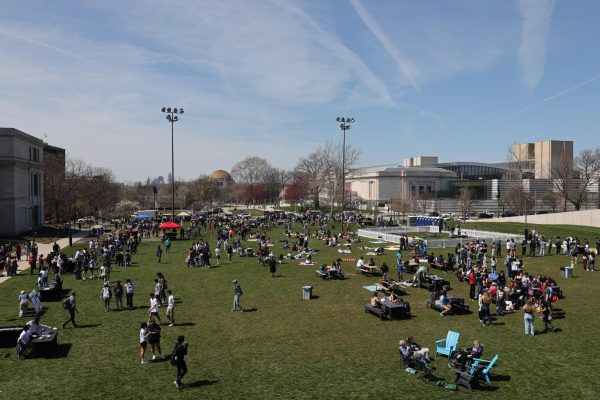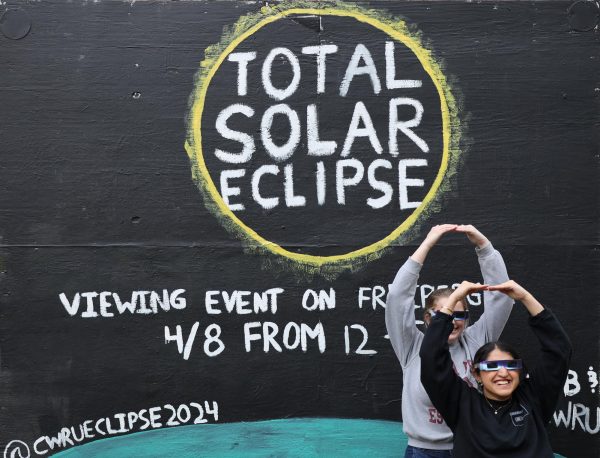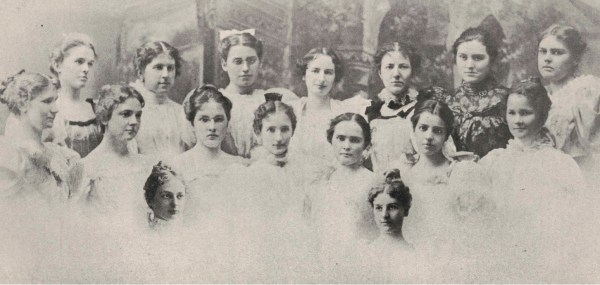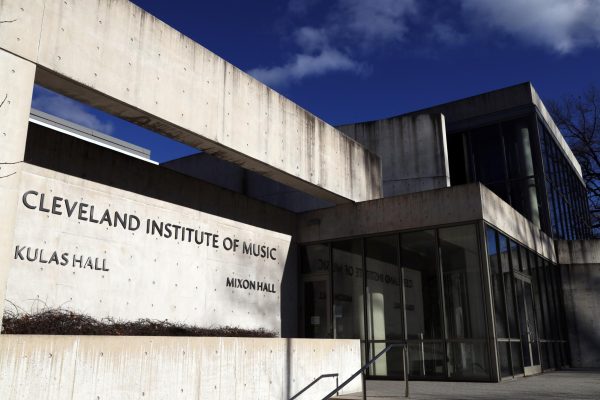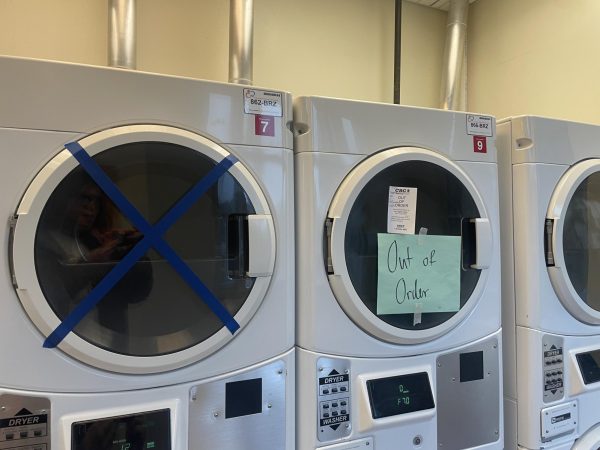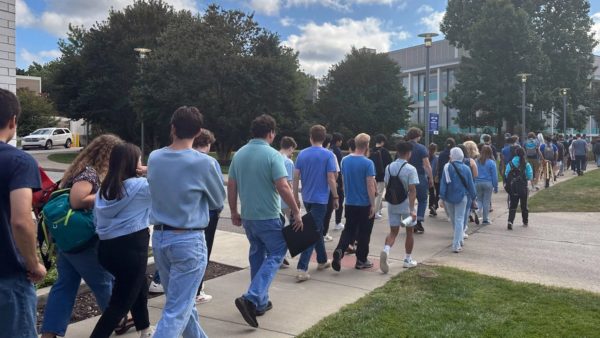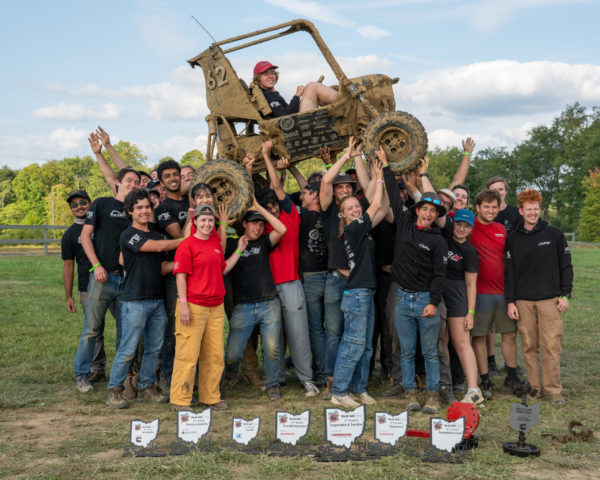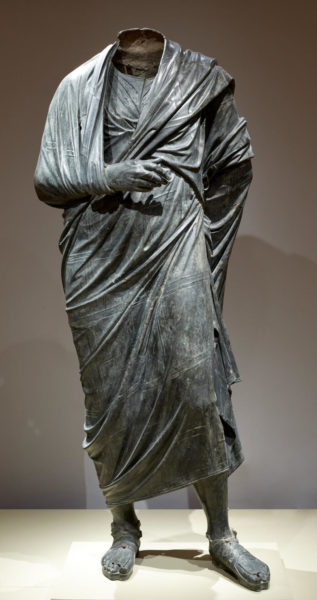Emails moving from Sympa listserv to Google Groups
After more than 10 years of loyal service to Case Western Reserve University, Sympa Mailing List Manager (Sympa listerv), used by student and administrative organizations to email groups of people, is finally retiring.
“We can’t upgrade the software” said Edward Rynes, one of the Information Technology engineers responsible for helping the Sympa listserv function to the needs of the campus community. “So we are all using 12-year-old software, on a 12-year-old machine…We keep our fingers crossed that the machine doesn’t die.”
For the last 12 years, almost all of the emails that have been sent through campus email lists have been processed, archived and distributed through a single, significantly outdated server, operated by the Information Technology Services (ITS) department. This poses some problems for the campus community, given the critical part mailing lists play in the university’s day to day function.
“It’s all single source of failure, really old stuff, lots of problems cropping up,” said Rynes. “[There’s] all kinds of care and feeling that goes into just keeping this one box up and running. We even lost a power supply once, but it was a redundant one, so we were thankfully able to fix it.”
On top of the problems posed by reliability issues, the antiquity of the Sympa manager has also kept it from meeting the needs of its modern users and their tendencies towards high data usage. Sympa listserv’s email archive space for student groups on campus has been capped at 100 megabytes per list, and this has become a problem for many student groups whose members enjoy sharing GIFS or other large documents via email. Once an email list’s archive storage is exceeded, its list owner gets a notification every time a new email is sent through that list, reminding them that the storage is full.
Given all these problems, campus administration recently turned a serious focus towards finding an alternative to Sympa. They found Google Groups to be a logical successor for the current mailing manager system.
“We already have Google Groups, it is free with everything else we’ve got [through our software agreement with Google],” said Rynes. “Over the last few years, they’ve built it up to the point where it’s now comparable to Sympa in services, so now is the time to jump. It is much better maintained, it’s more secure, and it’s a better overall experience.”
Additionally Google Groups will have a better archiving systems with a significantly larger storage cap and will work more seamlessly for students and faculty thanks to tighter integration with the CWRU email service.
It provides some services that Sympa does not, as well, allowing for the creation of group forums in addition to email lists.
More information regarding this change, particularly for student groups, is available through ITS’s website. Through this page, students will be able to create or delete google email groups and see frequently asked questions about the change.
Students who do try to make the switch from Sympa to Google Groups may be in for a surprise when they try to create a new Google Groups list with the same name as their old Sympa mailing list. The system will not allow students to have two mailing lists with the exact same email address even if they are on different mailing list managers. ITS recommends that students who wish to retain their old mailing list name first change the name in Sympa, so that they can then reuse the old name in Google Groups.
CWRU ITS is also developing a software tool to help campus groups to seamlessly migrate email lists from Sympa to Google Groups, but it is not yet available, though mailing list owners do have the option of transitioning manually if they want to switch sooner.
This switch may also work to prevent future “Reply-Allpocalypses”—campus-wide email streams caused by a setting which automatically puts the listserv address in the “To:” box for emails sent in response to a listserv-wide email. Google Groups has more customizable settings, so it should be easier for student organization leaders to update their default reply settings based on the needs and desires of their groups.
ITS is hoping to keep the Sympa listserv up and running for the remainder of the academic year, presuming nothing major goes wrong with the server itself, to allow student groups to transition their email lists when it is convenient for them.
Google Groups can be accessed at groups.case.edu.










